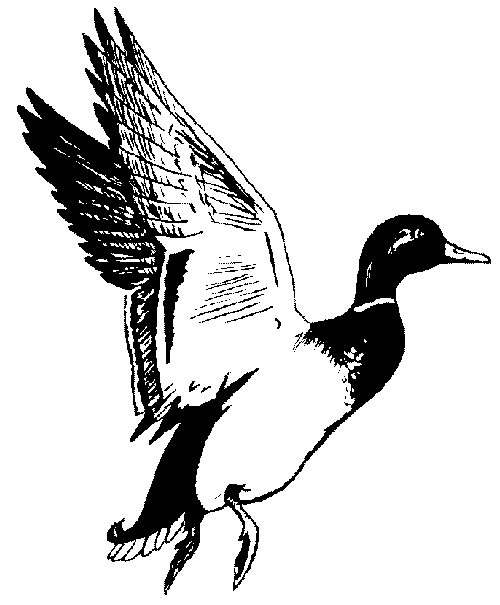
Taxidermy
Adam M. Clossin's
Field Care Tips
Skinning Large Game for Shoulder Mounts
A.) With a sharp knife, slit the hide circling the body behind the shoulder at approximately the midway point of the rib cage behind the front legs.
B.) Slit the skin around the legs just above the knees. An additional slit will be needed from the back of the leg and joining the body cut behind the legs.
C.) Peel the skin forward up to the ears and jaw exposing the head/neck junction. Cut into the neck approximately three inches down from this junction. Circle the neck, cutting down to the spinal column. After this cut is complete, grasp the antler bases, and twist the head off the neck. This should allow the hide to be rolled up and put in a freezer until transported to the taxidermist.
These cuts should allow ample hide for the taxidermist to work with in mounting. Remember, the taxidermist can cut off excess hide, but he can't add what he doesn't have.
When field dressing a trophy to be mounted, don't cut into the brisket (chest) or neck area.
If blood gets on the hide to be mounted, wash it off with snow or water as soon as possible.
Avoid dragging the deer out of the woods with a rope. Place it on a sled, a rickshaw, or a four-wheeler. The rope, rocks, or a broken branch from a deadfall can easily damage the fur or puncture the hide. If you do need to drag it our with a rope, attach the rope to the base of the antlers and drag your trophy carefully.

Small Mammals
Animals, coyote sized or smaller, should not be skinned unless by a professional. Don't gut the animal. Small mammals, especially carnivores, will spoil quickly because of their thin hide and bacteria. If you can't take the small game animal immediately to a taxidermist, as soon as the carcass cools completely, put it in a plastic bag and freeze it. With the epidemic of rabies evident in many areas of the country, take every safety measure necessary when handling your game.

Birds
Do not gut the bird. Rinse any blood from the feathers with water. Take the bird immediately to your taxidermist or freeze it. Put the bird into a plastic bag for freezing, being careful not to damage the feathers, including the tail. If the bird's tail feathers do not fit in the bag, do not bend them. Let the tail stick out of the bag and tie the bag loosely.

Fish
Do not gut your fish.
If you cannot take your fish immediately to a taxidermist, wrap it in a very wet towel and put it in a plastic bag, making sure all the fins are flat against the fish's body (to prevent breakage) and freeze it. A fish frozen in this manner can safely be kept in the freezer for months.
Note: A fish will lose its coloration shortly after being caught. A good color photograph immediately after the catch may enable the taxidermist to duplicate the natural color tones of that particular fish.

- Other Notes & Tips
- Always have appropriate tags with your trophies when you bring them to me. I will need your current hunting/fishing license numbers for my records. NO exceptions!
- Songbirds, Eagles, Hawks and Owls, Gulls, Grebes, Etc. are protected by Federal Law and cannot be mounted without a special Federal permit. These permits are only issued to scientific institutions, schools, and Fish and Game departments. I will NOT under ANY circumstances accept these animals without the proper documentation.
- For situations where you are hunting with no available taxidermist or freezer, please call me ahead of time for information about techniques to skin out the entire cape (including the head) and salting the hide. This is the only method in remote locations that can preserve your hide for later mounting.
- For Pets, chill the animal down after death as soon as possible. A quality mount starts with proper care. Place the animal in the freezer as described above for small game, birds or fish (depending on type of animal) and freeze whole if possible. For larger animals, please call and make arrangements to bring them directly to me.